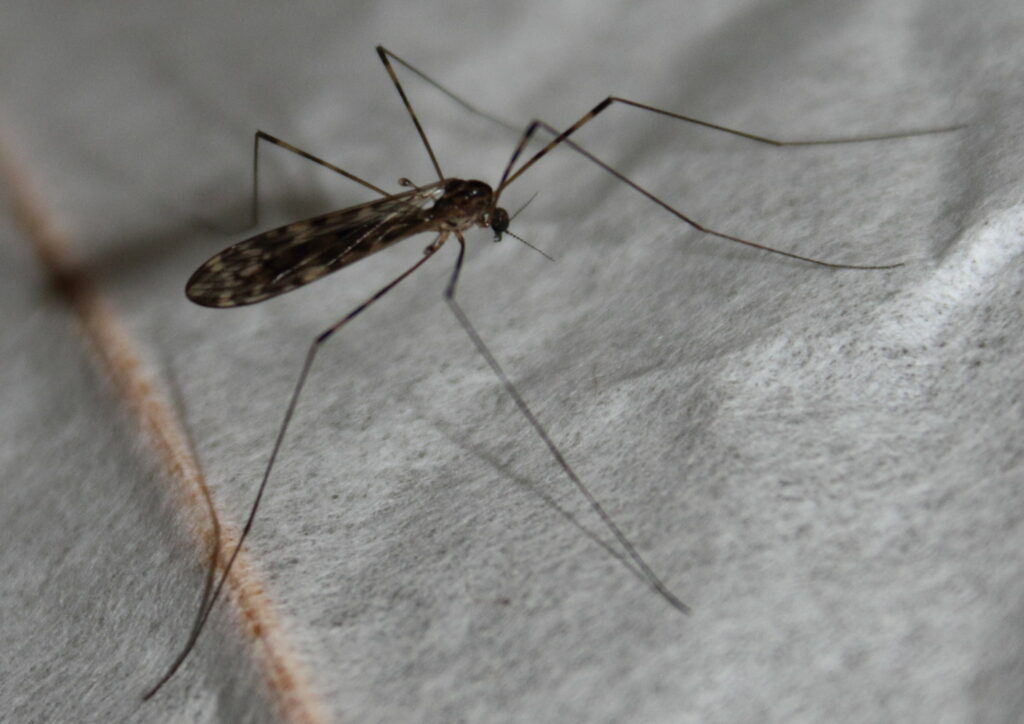Infectious diseases are transmitted through water, food, or vectors such as mosquitoes are highly sensitive to the weather. Climate change is affecting the weather, making it easier to transmit diseases such as malaria or yellow fever over larger areas.
But according to a new global survey, many are unaware of this.

The link between climate change and infectious diseases has long been established through scientific research. The Lancet Countdown, for example, found climate suitability for disease transmission has already increased. Another recent study found that both pathogens and disease transmission are affected by climate change, and the WHO already has a guide on this. However, this seems to be news to many.
Students from the international master’s degree Erasmus Mundus on infectious diseases (IDOH+) carried out a survey among 458 people and found that almost half weren’t aware of the link between climate change and infectious diseases. Most of those surveyed were either European or Asian.
The study showed that participants with a background in natural sciences had a greater knowledge about infectious diseases and understood that infectious diseases are sensitive to climate change. Their average scores in the survey were significantly higher than participants with other backgrounds.
Almost half of those surveyed (48.9%) had never before considered the effects of climate change on infectious diseases. But this percentage drop to 38.4% among those with a solid knowledge of the natural sciences, and then rises to 59.2% in those who work in sectors not related to natural sciences.
Up to 64.6% of the participants were afraid of contracting an infectious disease. Those in Europe were less afraid (51.7%) than their US (71.4%) and Asian (87.7%) counterparts. Regarding protection measures, the large majority (70.5%) consult the need for vaccines before traveling to a tropical country.
In line with this, over half of those surveyed (56.1%) were afraid of contracting an infectious disease in a tropical country, although differences were detected according to nationality: in this case, European participants were more afraid (72.0%), when compared to US (41.3%) and Asian participants (37.7%).
Western nationalities tended to have a higher knowledge of climate change and infectious diseases than oriental nationalities, but not on the link between climate change and infectious diseases, the study showed. This might be explained by geographical and cultural characteristics, the researchers argued.
They found there are more awareness campaigns on climate change and sustainability in Western countries whereas infectious diseases such as water and mosquito-borne diseases are more commonly seen in Asian countries. This shows the importance of educational training and public awareness interventions.
Max van Wijk, one of the authors of the study, said in a statement: “This data can help to establish intervention measures that can raise awareness among the public on issues related to climate change and infectious diseases. The study was done with an academic objective but has original content that can be applied to other studies.”
The researchers highlighted a set of limitations. The use of convenience sampling could have imposed a selection bias. Fluency in English of participants wasn’t accessed, which might have also imposed bias on their understanding. This limitation might have led to the underrepresentation of a part of the population in certain regions. Most significantly, perhaps, it’s a small sample size.
The pandemic might have influenced the knowledge, attitude, and perception of the participants since the study was conducted in late March, which was the initial phase of the pandemic. Occupation data of the participants weren’t collected in the survey, which the researchers believe would have been an interesting factor to integrate.
The study was published in the journal PLOS ONE.









